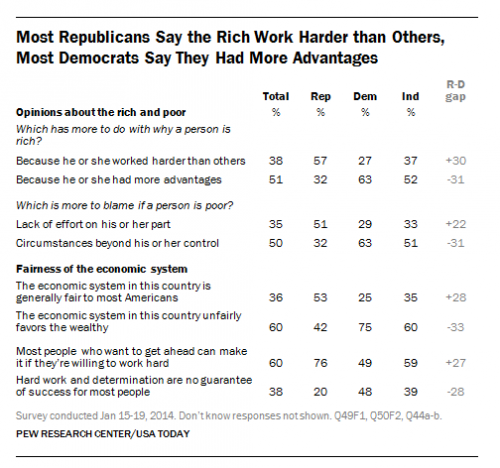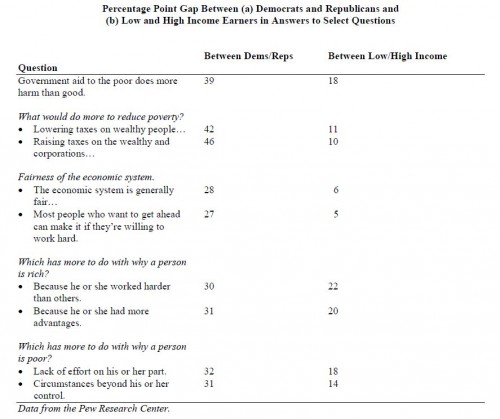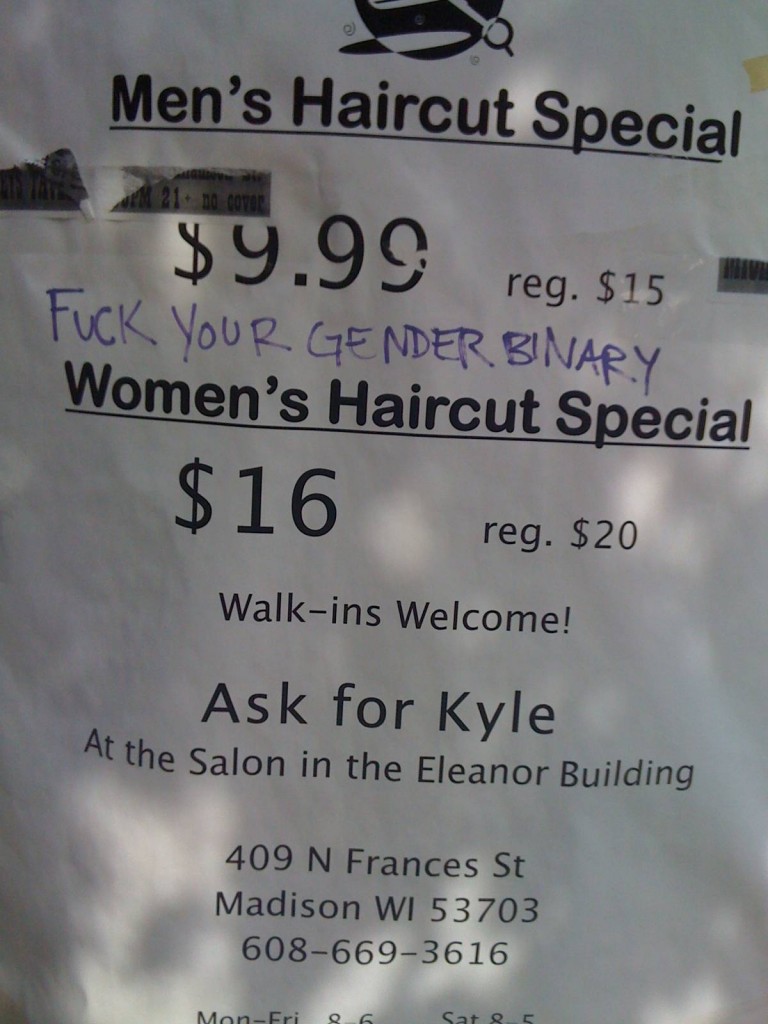In 2010 a scandal that erupted when designer Mark Fast decided to use four plus-size models (US sizes 8-10) in his catwalk show at London Fashion Week. Protesting his decision, his stylist and creative director quit, leaving him just three days to find replacements.
The incident is a great example of how even relatively powerful figures (e.g., designers with catwalk shows) often have to pay a price for deviating from cultural rules. Designers are often criticized for only hiring waif-like models, but this shows that they don’t get to do whatever they like without consequences.
While it’s easy to condemn Fast’s stylist and creative director for walking out on him, the truth is that even being associated with deviance can bring consequences. Sociologist Erving Goffman introduced the idea of the “courtesy stigma” to refer to the stigma that attaches to those who are merely associated with a stigmatized person. A recent Grey’s Anatomy episode dealt with exactly this idea in a story about the reaction to an attractive blonde married to an obese man. Her willingness to stay with such a person was a source of curiosity and disbelief. Similarly, siblings of the mentally ill or mothers of children with attention deficit/hyperactivity disorder might suffer courtesy stigma when people wonder if the mental illness is genetic or the parenting is bad, respectively.
So, while it’s tempting to say that Fast’s employees hold reprehensible ideological beliefs (a hatred or intolerance for “plus-size” women), it’s also possible that they thought being associated with the show could hurt their chances of success in a very competitive career. In an industry that stigmatizes fat so powerfully, I can imagine it might be terrifying indeed to be seen as endorsing it.
Cite: Goffman, E. (1963) Stigma: Notes on the Management of Spoiled Identity. Engelwood Cliffs, NJ: Prentice-Hall.
Originally posted in 2010.
Lisa Wade, PhD is an Associate Professor at Tulane University. She is the author of American Hookup, a book about college sexual culture; a textbook about gender; and a forthcoming introductory text: Terrible Magnificent Sociology. You can follow her on Twitter and Instagram.














